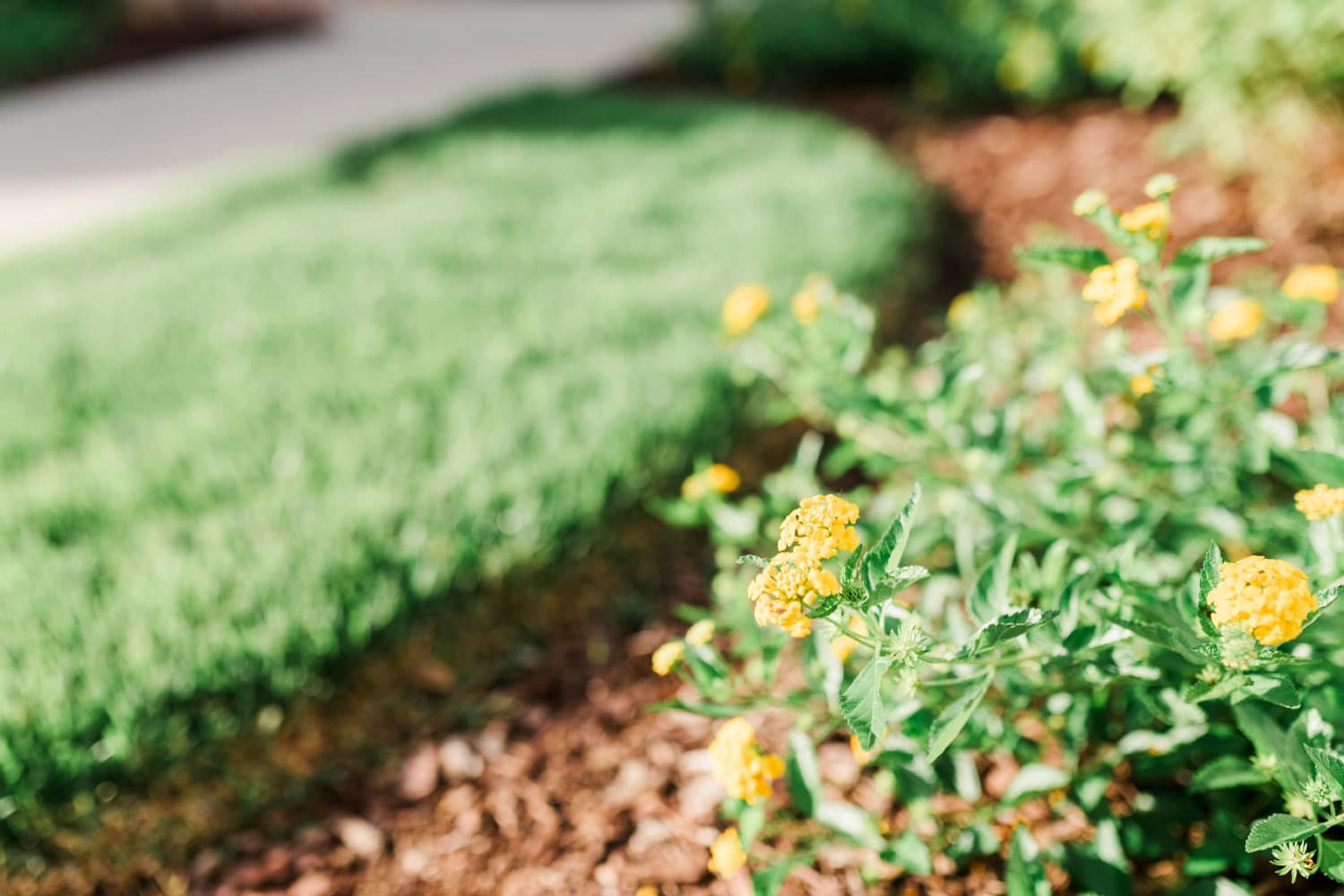Here in metro-Atlanta, we are surrounded by beautiful old trees. Because big, monolithic oaks and pines can live for over 100 years, they seem almost eternal. Like every other living thing, plants have life expectancies that can be prolonged or curtailed by how they’re treated. Our landscape ornamentals don’t typically have the extreme lifespans of the trees they share a landscape with. A few examples of common landscape species include:
Boxwoods – 20-30 years
Ligustrum – 20-40 years
Helleri Holly – 40 years
Azaleas – 35 years
Roses – 10 years
Miscanthus – 15-30 years
These lifespan ranges are heavily influenced by how well the plants are treated. When planting and caring for your landscape, education and consideration for each plant’s individual needs could mean the difference between a plant failing in its establishment season or exceeding its expected lifespan.
How Can I Make My Landscape Plants Live Longest?
Pick Plants Suited for That Area of Your Landscape
This is a tough one. There are so many choices. If you walk into a plant nursery, the number of individual species to choose from can be overwhelming. To narrow the selection, add these criteria to your selection process:
- Is the plant visually appealing to you? This is most important. If it’s going to be used to frame or accent your home, it has to look the part.
- How big will this plant get? Using a plant in a place where it will grow to be too large is tough on the plant and homeowner. Pruning a plant to force it into a location isn’t healthy and will result in a decreased lifespan.
- How much light does the plant need? Each plant has a tolerance (or intolerance) for shade. Some species need direct sunlight. Others will get scorched.
- How much water does the plant require? Just like plants have preferences for the amount of light they receive, they also have a range they prefer for available water. Some plants prefer wet feet. Others are prone to root rot.
Prune Plants Appropriately
Hedge trimmers are ubiquitous but aren’t always the best idea for prolonging the life of a plant. Instead, well-timed strategic pruning that encourages healthy growth habits is more likely to prolong the lifespan of your landscape plants. This means waiting until flowering plants have finished blooming, removing dead material, and making cuts in the appropriate way. If you’d like more information about pruning, give this blog a look.
Care for Your Plants Well
Ornamental plants can be a little “set and forget.” We use this phrase a lot when discussing landscape plants because they don’t demand our attention as often as our lawns do. While it isn’t as commonplace to have fertilization and pest control products applied to your trees and shrubs, the health benefits and mitigation of damage of doing so contribute to a longer and healthier life for your landscape plants.
Important Takeaways:
- Most landscape plants have an expected lifespan of a few decades, but certain choices and actions can encourage that lifespan.
- Picking plants suited for the application in your landscape is key. Considerations should include:
- Is it appealing to me?
- How large is it supposed to get?
- How much light does it need?
- How much water does it require?
- Prune your landscape plants appropriately to increase health in addition to obtaining the desired shape.
- Care for your plants well, including fertilization and pest control.
- If your landscape plants don’t look as healthy and beautiful as you hoped they would, or if those plants are dying before you think they should, we have a staff of service professionals and specialists ready to answer any question you may have. Our goal is to help you have the healthy, beautiful lawn you’ve always wanted. Give us a call at 678-831-6343, or send us an email to info@naturesturf.com.








